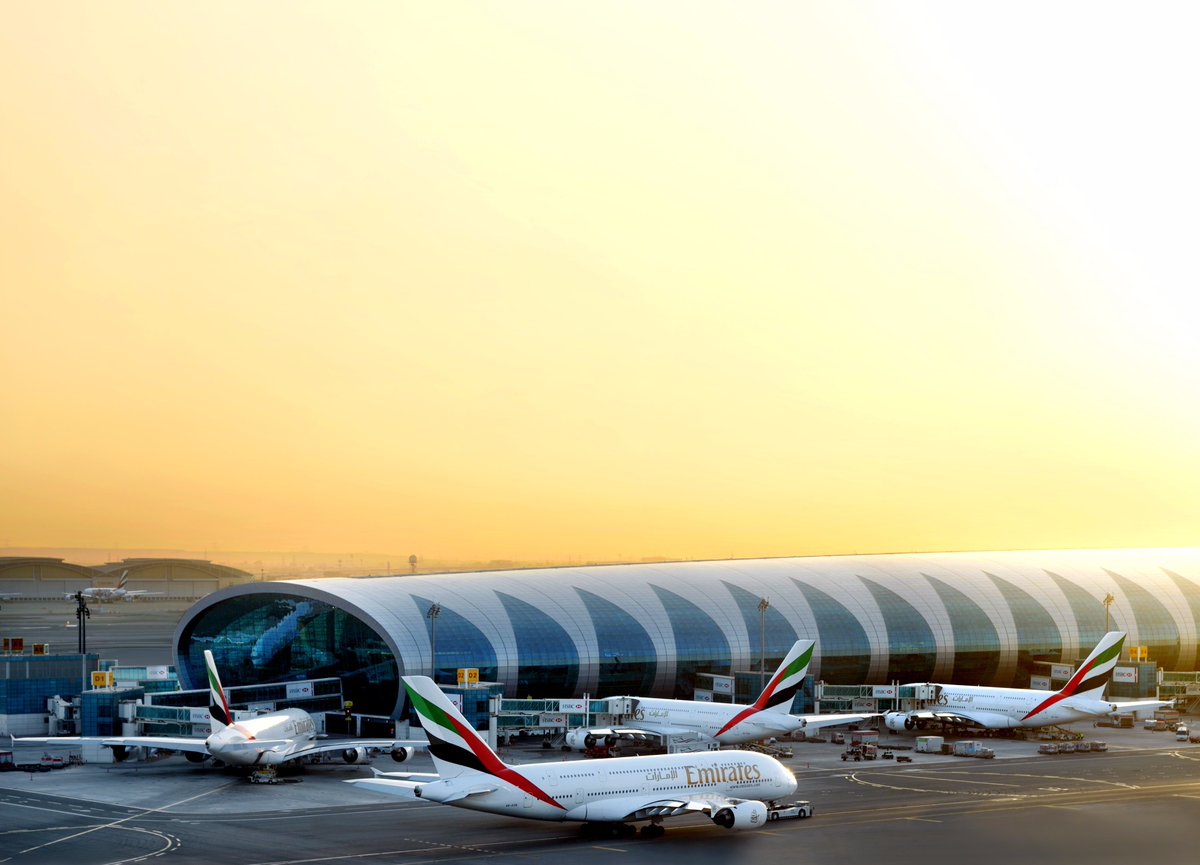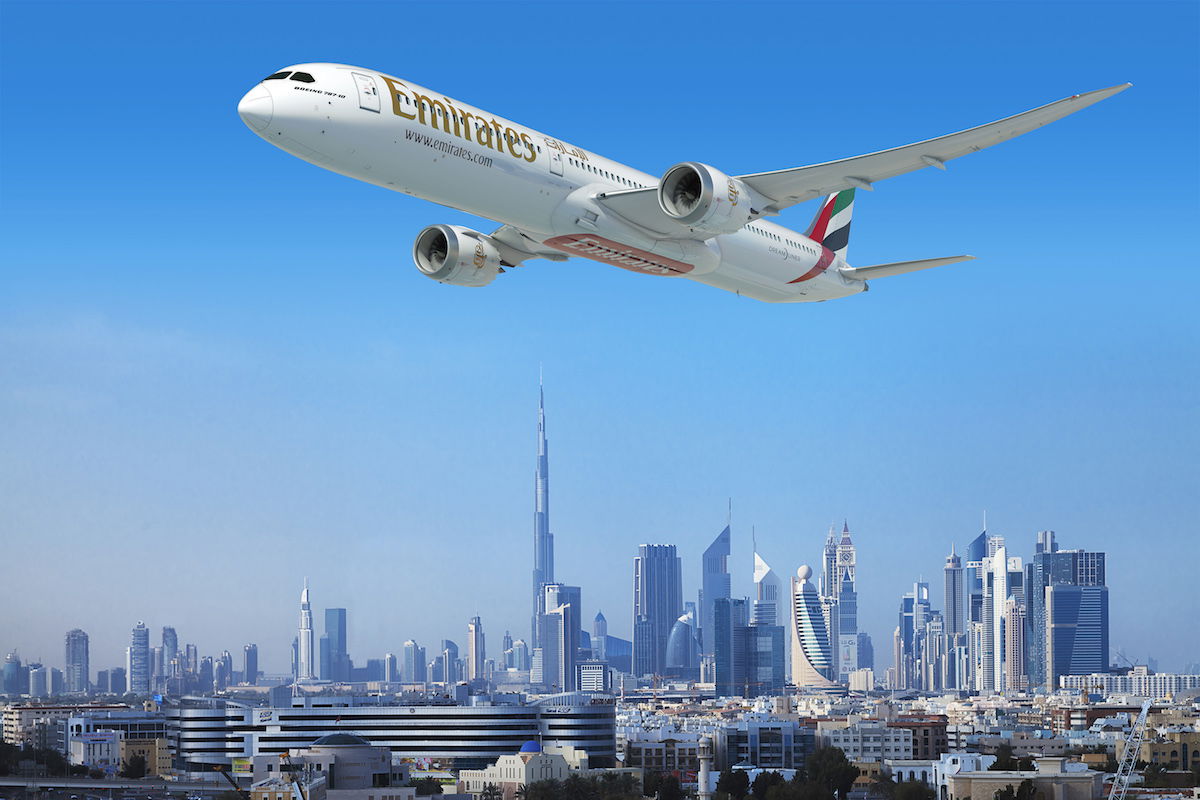

Moore also mentions that Emirates Airlines partnered with Oxford University in the United Kingdom to create a similar lab focused on research on data science and machine learning. The lab provided a foundation for the partnership between the airline and the CMU and has already encouraged students to partake in efforts for increasing productivity and customer experience using innovative services and techniques. Based in Silicon Valley, the lab is connected to the Integrated Innovation Institute (Moore). CMU-Emirates ILABĪnother innovation lab was created by Emirates Airlines in partnership with Carnegie Mellon University (CMU) in 2015. By collaborating with other stakeholders, the airline will be able to create new solutions to problems that affect the productivity of the aviation sector and achieve successful innovations management. The lab will aid in developing and implementing various innovations in operations, engineering, ground logistics, and manufacturing to improve customer experience and airline efficiency. In 2017, Emirates Airlines partnered with other companies in Dubai to develop an Aviation X-Lab. The use of new 3D printing technologies allowed the company to improve cost-efficiency and productivity by reducing production time and resources required for manufacturing. Also, the company worked with a European aviation engineering and certification office to implement 3D printing of cabin air vent grills (Nelson). According to Nelson, the company pioneered the use of a new 3D printing technique called selective laser sintering to produce video monitor shrouds. 3D PrintingģD printing has become a popular technology in the past few years, but Emirates Airlines were the first air carrier to implement this technology for manufacturing cabin components. This also enables the airline to create a good impression on the customers before and after their flight, thus increasing the share of returning customers. Both services aim to relieve the customers of the need to carry their luggage to and from the airport, which is often an unpleasant experience.

For passengers arriving in Dubai, the airline also offers a luggage delivery service. Home Check-in service was introduced in April 2018 in Dubai and enabled customers from anywhere in the Emirate to check-in their baggage online and have it picked up from their home or a hotel (Talib). Home check-in is an example of an innovation that serves the sole purpose of improving the quality of customer service. The following subsections will review some of the more recent innovations implemented by the airline. For instance, video systems could be used to show video instructions for emergencies. Both innovations served to enhance the customer experience by providing new sources of entertainment while also contributing to passenger safety. In the year that followed, Emirates Airlines also became the first air carrier to enable telecommunications on board (Altaf). The first technological innovation that was implemented by Emirates Airlines was the installation of video systems in all seats of all classes of its aircraft in 1992 (Altaf). Throughout its history, Emirates Airlines introduced a variety of changes that helped the airline to create more value for money and increase its cost-efficiency, thus earning more profits. Learn More Innovations of Emirates Airlines


 0 kommentar(er)
0 kommentar(er)
